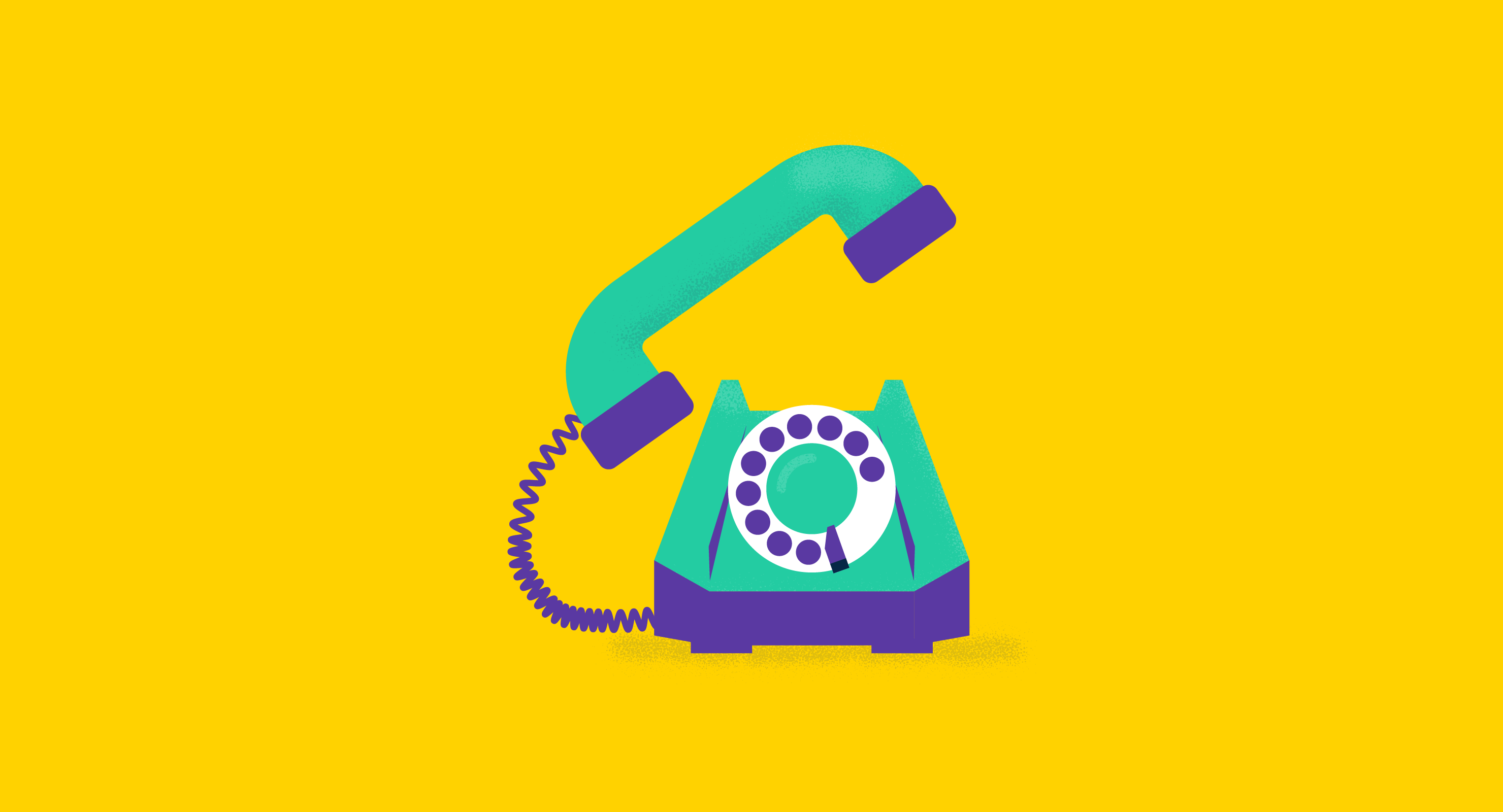What is cold calling?
Cold calling is a sales technique that businesses use to interact with potential customers. Although the name suggests a phone-based interaction, cold calling can also be in-person or door-to-door, along with brands reaching out to individuals via email or social media inboxes.
Tracking cold call details is vital for converting leads into customers. The best outbound call tracking software makes this step a no-brainer.
Businesses reap various levels of success using cold calling as a marketing technique. Studies suggest that the public is becoming increasingly wary of receiving calls or online solicitations from companies they don't know or have never made a connection with.
In 2021, more than 200 million Americans were registered on the National Do Not Call list, a database of individuals who wish to refuse telemarketing calls.
Types of cold calling
The development of new technology over the past 100 years has meant that cold calling continues to evolve into new forms. These days, both traditional and digitized cold calling may involve:
- Phone calls. Salespeople typically call local phone numbers to discuss their products or service. Robo-dialing, algorithms automatically that call and play pre-recorded messages, may also be used, but the United States has increasingly strict government regulations about how this functions.
- In-person conversations. Salespeople may stop at local businesses to introduce themselves and leave a business card. They might also do this in residential neighborhoods, going door-to-door and talking to residents.
- Social media direct messages. Finding potential customers on social media can be difficult, particularly for national businesses. Sales teams using this type of cold calling generally look at public accounts with locations noted or geotagged in posts, reaching out via a message in the user's direct messages (DMs).
- Emails. Like other forms of cold calling, a sale likely won't happen immediately. Instead, sending a short email to a prospect should nurture that person into becoming a lead. The email is an ice-breaker that starts the conversation.
Basic elements of cold calling
It’s hard to guess the chances for success with cold calling because so much depends on the audience's receptiveness, but following a simple framework or script can lead to greater success.
- Introduction. First impressions matter, especially when a prospect isn't expecting a cold call. When calling another business, a salesperson's first interaction may not be with the decision-maker. If another member of staff answers, it's important to keep introductions to the point.
- Quick pitch. Any sales pitch should be short and straightforward, with the information presented clearly. The first few sentences of a pitch are when a prospect decides whether to continue the call, so frontloading the pitch with the most important details is more successful.
- Ask questions. Asking the prospect questions about their problems engages them on the call while allowing the salesperson to qualify the lead and their ability to make a purchase.
- Address objections. Most cold calls never end a sale. Instead, the prospect will think about the call or may need to pass the information on to a decision-maker in a business environment. Having a response to common objections creates less urgency and panic at the end of the call.
- Closing. Requesting an opportunity to connect with the prospect again can lead them from awareness to interest in the sales funnel. And even if they're not interested, always thank them for their time.
Benefits of cold calling
Even with government regulations and studies suggesting little success with cold calling, several benefits to keeping this approach in a sales strategy still remain.
- A direct line of communication. Speaking with prospects directly is always one of the best ways to market a product or service. It gives sales teams a chance to ask relevant questions and address prospect concerns in real time.
- A first step to getting warm leads. Keeping track of which receptive or “warm” leads move prospects down the sales funnel.
- Increased numbers bolster the odds of success. By contacting hundreds of leads each day, the volume of outreach alone could garner success from cold calls. When paired with other sales tactics, even a small percentage of success in cold calling lifts a company's sales figures.
Best practices when cold calling
Successful cold calling all comes down to preparation. Feeling confident going into calls or an in-person conversation drastically improves the odds of building an ongoing business relationship with a prospect.
- Gather as much information as possible before outreach. Salespeople should approach every conversation cold but not freezing. Research suggests that sales teams spend six hours each week looking at prospects, their pain points, and any information to personalize their cold pitch.
- Work from a script, but be flexible. Having a script or framework to build from keeps the conversation flowing and reduces anxiety. But it's also important not to recite it without listening to responses.
- Understand optimal call times. Figure out when most customers will likely be open to receiving a cold call.
- Educate the audience. Cold call prospects have yet to take the time to research so educating them on the top-level details is necessary. Know the product or service inside and out to convey how the business offers solutions.
- Learn to take rejection well. Most cold calls won't go beyond that first step, and some may even end aggressively. Remember not to take this rejection personally and stay optimistic about moving on to the next cold call.
Track essential customer information and generate greater success in cold calling using outbound call tracking via the best CRM software.

Holly Landis
Holly Landis is a freelance writer for G2. She also specializes in being a digital marketing consultant, focusing in on-page SEO, copy, and content writing. She works with SMEs and creative businesses that want to be more intentional with their digital strategies and grow organically on channels they own. As a Brit now living in the USA, you'll usually find her drinking copious amounts of tea in her cherished Anne Boleyn mug while watching endless reruns of Parks and Rec.





















